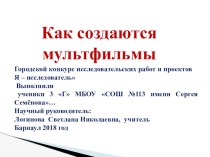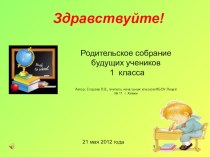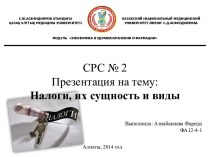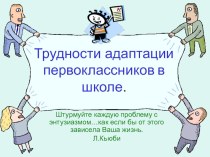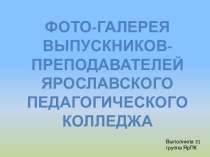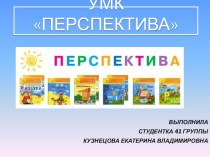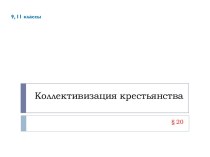- Главная
- Разное
- Бизнес и предпринимательство
- Образование
- Развлечения
- Государство
- Спорт
- Графика
- Культурология
- Еда и кулинария
- Лингвистика
- Религиоведение
- Черчение
- Физкультура
- ИЗО
- Психология
- Социология
- Английский язык
- Астрономия
- Алгебра
- Биология
- География
- Геометрия
- Детские презентации
- Информатика
- История
- Литература
- Маркетинг
- Математика
- Медицина
- Менеджмент
- Музыка
- МХК
- Немецкий язык
- ОБЖ
- Обществознание
- Окружающий мир
- Педагогика
- Русский язык
- Технология
- Физика
- Философия
- Химия
- Шаблоны, картинки для презентаций
- Экология
- Экономика
- Юриспруденция
Что такое findslide.org?
FindSlide.org - это сайт презентаций, докладов, шаблонов в формате PowerPoint.
Обратная связь
Email: Нажмите что бы посмотреть
Презентация на тему Focusing on the target text.skopos theory
Содержание
- 2. OverviewEquivalence-based approaches disadvantages;Skopos Theory;Skopos Theory Bases;Skopos Theory Problems;Translation Brief Components;Equivalence-based Approach and Skopos Theory.
- 3. Equivalence-based Theory DisadvantagesDifficulty in incorporating real-world, extra
- 4. Skopos Theory (translation as communicative activity)Skopos theory
- 5. Skopos Theory BasesTranslation process is determined by
- 6. ExampleUser guide for toaster:1) Source language culture
- 7. Skopos Theory ProblemsIf source text can give
- 8. Translation BriefHowever,a translation brief is quite a
- 9. Translation Brief ComponentsInformation about the target audienceIntended
- 10. Скачать презентацию
- 11. Похожие презентации
OverviewEquivalence-based approaches disadvantages;Skopos Theory;Skopos Theory Bases;Skopos Theory Problems;Translation Brief Components;Equivalence-based Approach and Skopos Theory.

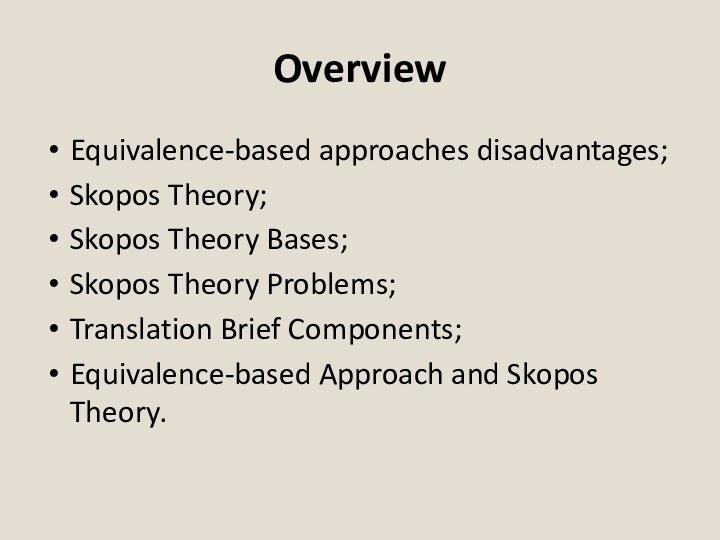
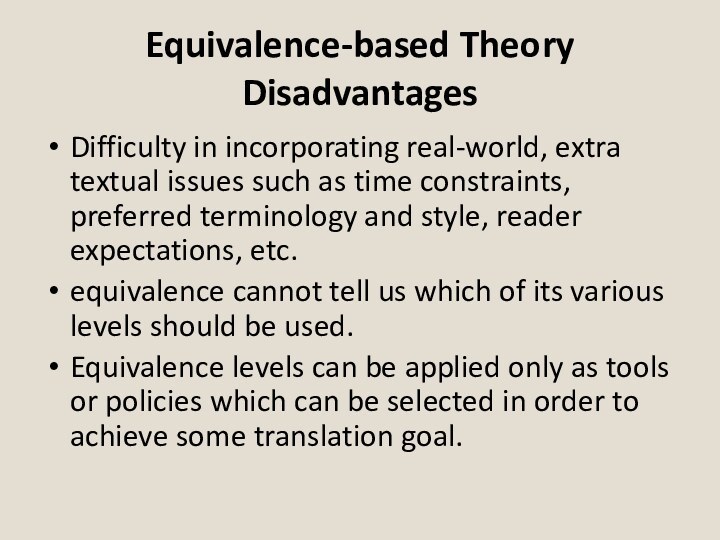
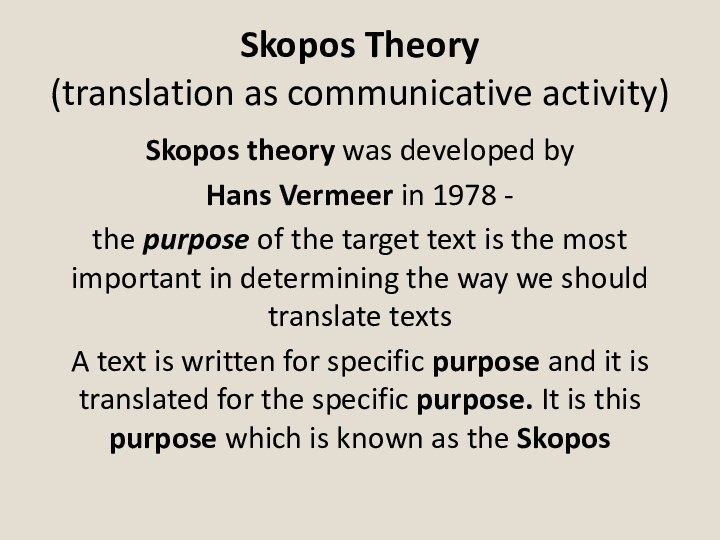
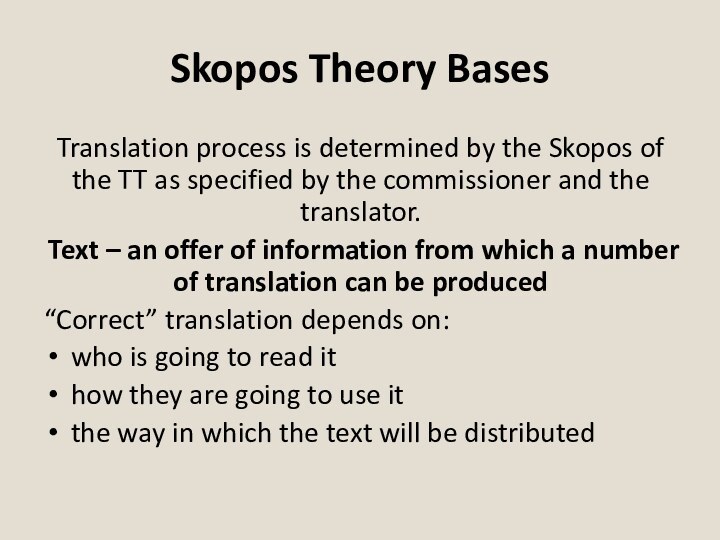

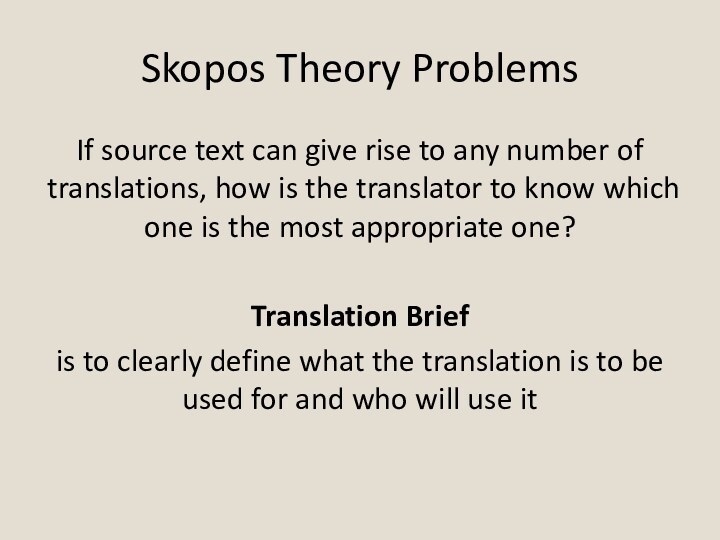


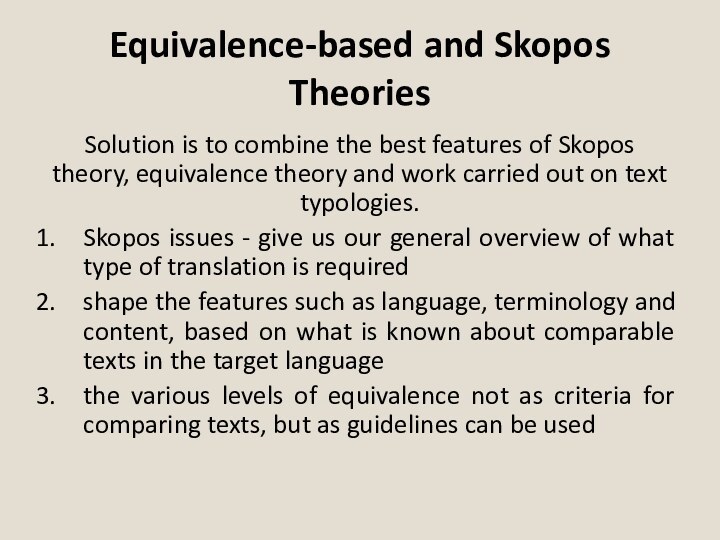
Слайд 2
Overview
Equivalence-based approaches disadvantages;
Skopos Theory;
Skopos Theory Bases;
Skopos Theory Problems;
Translation
Brief Components;
Слайд 3
Equivalence-based Theory Disadvantages
Difficulty in incorporating real-world, extra textual
issues such as time constraints, preferred terminology and style,
reader expectations, etc.equivalence cannot tell us which of its various levels should be used.
Equivalence levels can be applied only as tools or policies which can be selected in order to achieve some translation goal.
Слайд 4
Skopos Theory
(translation as communicative activity)
Skopos theory was developed
by
Hans Vermeer in 1978 -
the purpose of the
target text is the most important in determining the way we should translate texts A text is written for specific purpose and it is translated for the specific purpose. It is this purpose which is known as the Skopos
Слайд 5
Skopos Theory Bases
Translation process is determined by the
Skopos of the TT as specified by the commissioner
and the translator.Text – an offer of information from which a number of translation can be produced
“Correct” translation depends on:
who is going to read it
how they are going to use it
the way in which the text will be distributed
Слайд 6
Example
User guide for toaster:
1) Source language culture –
tone which emulates an expert “speaking down” is normal
Target language culture – the same tone would be insulting Thus, this expert-layperson register should be replaced by a peer-to-peer register
2) if the user guide is simply being translated for use by a service engineer, the tone is not important
Слайд 7
Skopos Theory Problems
If source text can give rise
to any number of translations, how is the translator
to know which one is the most appropriate one?Translation Brief
is to clearly define what the translation is to be used for and who will use it
Слайд 8
Translation Brief
However,
a translation brief is quite a hit
and miss affair as
clients rarely able to provide anything
more relevant or specific than “I have a 7,500 word document that I need translated. It’s got something to do with electronics and I need it by the end of the week”
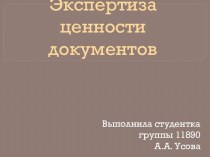






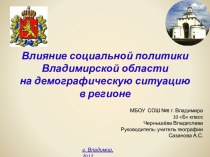
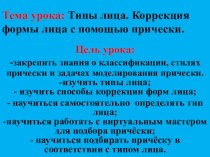
![Артикуляционная гимнастика для звуков [c,з,ц]. презентация к уроку по теме](/img/tmb/9/884213/e6e8bcaa83e1e8f9a83b289efc87369c-210x.jpg)




